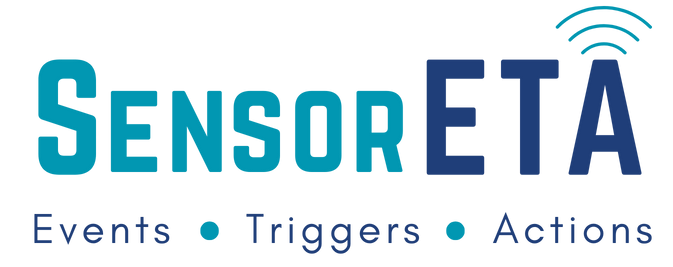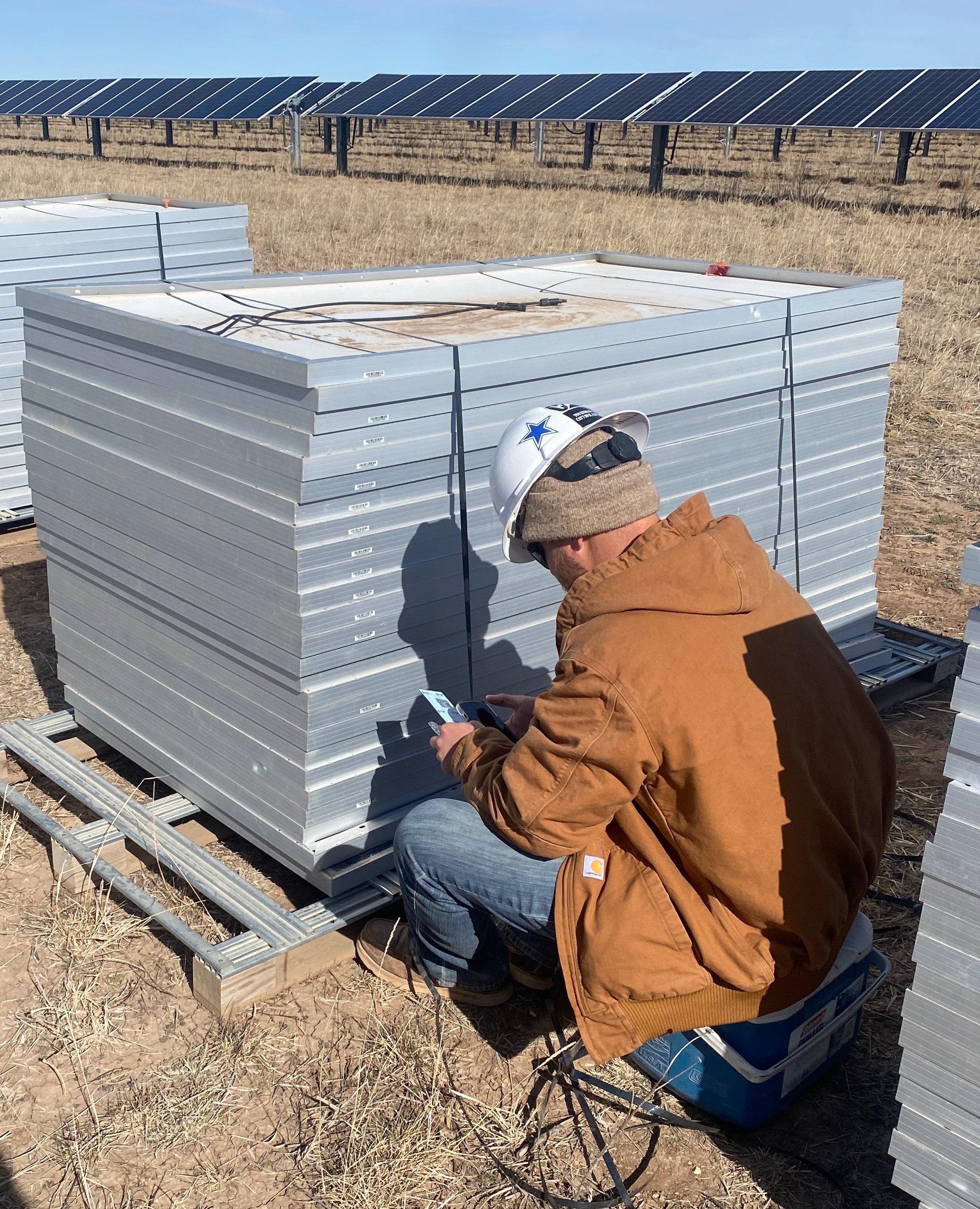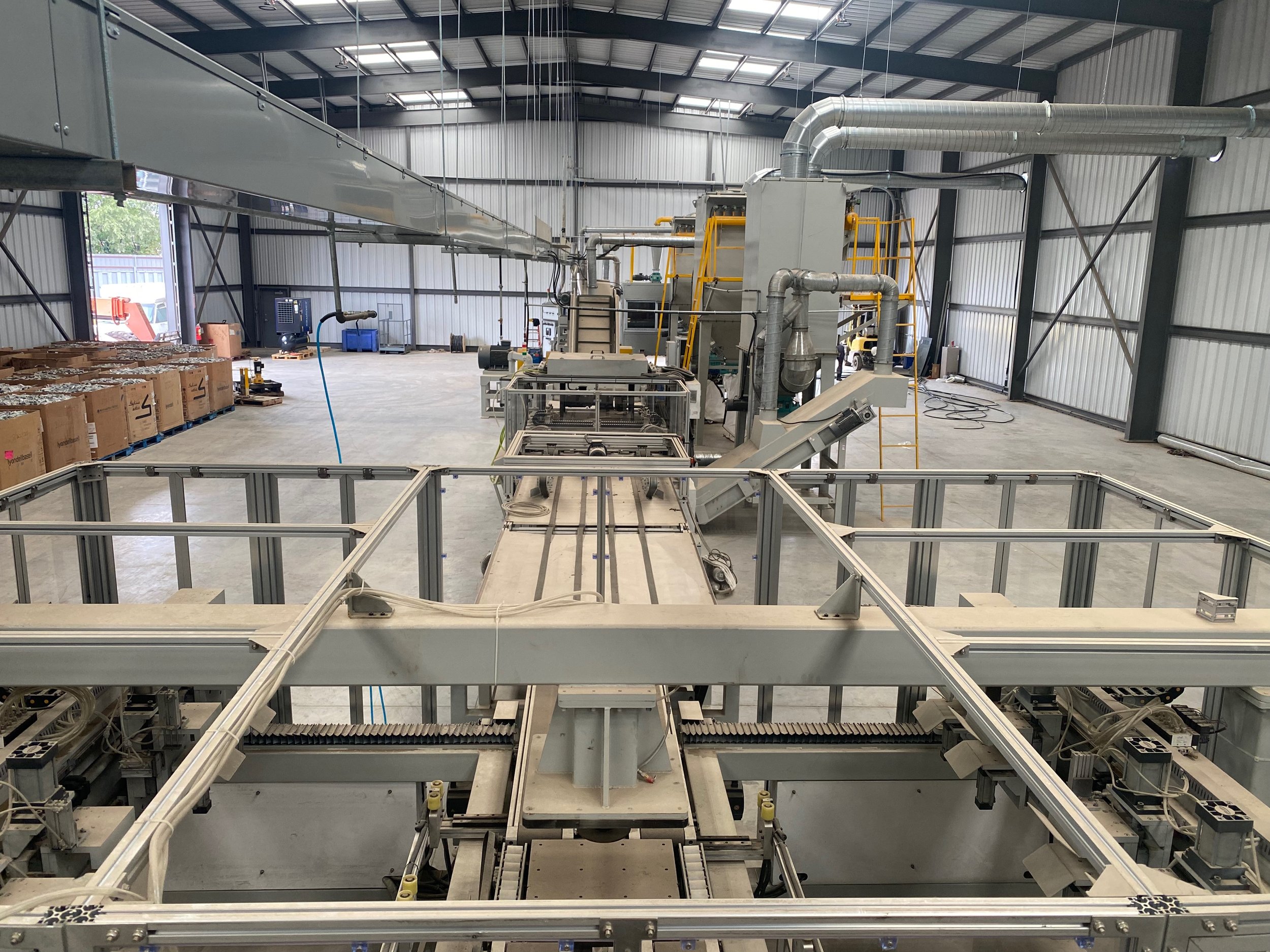solar panel Recycling Case Study
Proof of Recycling: Proving the Circular Economy
This article was originally published at https://www.proofofauthenticity.net.
In the world of renewable energy, the “standard” for an entity to prove that they had correctly and assuredly recycled wind turbine parts or solar panels has been, to date, a simple document, printed out, signed and dated. This method obviously provides no proof or evidence of what was actually done with the materials. Many pieces that could have been and should have been recycled end up in landfills.
Media Sourcery, Inc.’s Proof of Authenticity solution has been utilized to provide evidence of quality, origin, supply chain and authenticity for several different types of assets, both real and digital. Proof of Authenticity shows all of the gathered evidence about an asset, an event or a piece of information. This metadata could be a transaction moving an asset, the user who entered the transaction, documentation, and/or IoT sensor data to provide more evidence, timestamps, GPS coordinates and more. Media Sourcery uses its XChain and Workflow products, along with blockchain technology, to build a navigatable proof for users. A user can drill down as far as they need to see proof - all the way to the blockchain transaction, where applicable.
Working with our partners Everpoint Services, OKON RECYCLING and SensorETA, Inc., Proof of Authenticity is now in production use to prove the circular economy, and provide proof of recycling.
Recycling Renewable Energy Infrastructure
The best and most current example is the utilization of Proof of Authenticity for proof of recycling of solar panels and wind turbine blades. Recent history for the life cycles of these assets shows them ending up in landfills. A recent paper from the Department of Energy’s Sandia National Laboratories and Oak Ridge National Laboratory compares the greenhouse gas (GHG) emissions savings of several processes to placing these assets in landfills. The mechanical recycling process (i.e., grinding) showed the most savings. This is the method used by Everpoint Services, Okon Recycling and others. It is not only the most advantageous from a GHG emissions perspective but also is a path to a circular process of reusing these materials.
Everpoint Services is a service-disabled veteran-owned small business specializing in battery, wind and solar infrastructure servicing, including remediation, demolition and recycling. Everpoint is so much more than a services business, as they think through solutions to make their process more efficient. Their plans for the future play right into the concepts of the circular economy - not because it is trendy, but because it is the most efficient process.
Having previously tracked a set of wind turbine blades from wind farm to recycling facility, the team worked the remediation of 12,000 solar panels damaged by a Texas hail storm at Engie’s Anson Solar Center. Everpoint Services’ COO Candace L. Wood and team, as always, kept meticulous records of every panel - its location in the solar farm by inverter and whether it could be refurbished, needed repair or should be recycled. These records were added to the Media Sourcery’s XChain product’s record of evidence. Additional evidence came from tracking the time and route of the transport of the pallets of solar panels from the solar center to Okon’s magnificent recycling facility. Sticker trackers from RAKwireless provide that data, utilizing the Helium LoRaWAN IoT network (provided by Seeed Studio and RAKwireless hotspots installed by SensorETA at each end of the route). These sticker trackers can be stuck on most anything, and will report their location at programmed intervals. To save battery life, the intervals were set to longer times when the pallets were at rest, and shorter times when they were in transport or staged for grinding. Big shout out to Neil Skoglund of Trackpac Ltd, who has been leading the way in using and advising others (like us!) on these sticker trackers.
Recycling Facilities Are Geek Heaven
"Magnificent" is not a label given to many places like OKON RECYCLING's facility where the dirty job of recycling takes place. But it is a world of wonder for techies like my team and I, with the recycling of everything from locomotives to shell casings to, of course, wind turbine and solar panel parts. Watching the solar panel grinding machines that Okon employs, we almost want to get popcorn. As the solar panels from this proof of recycling go through the grinder, the sticker tracker is also ground. SensorETA’s Rules Engine monitors the active/inactive status plus battery life of the tracker, and signals Media Sourcery’s Proof of Authenticity solution when the assets have been ground up. Brandon Sommerfeld, head of renewables with Okon, says we can now track the entire life of a solar panel with the serial number, the Proof of Recycling and the tracking of the resulting materials.
Okon is a multi-generational business that has enabled circular economies before the term was even invented. As their website proclaims, they were green when green was just a color. Recycling assets as large as locomotives and as small as bullet shell casings, Okon’s renewables business grows right alongside their traditional metals recycling business.
Through their process, each solar panel is reduced to its reusable elements: aluminum, glass, silicon and others. Each of these elements are then sold for further reuse.
Proof of Recycling
After our partners have done the hard work, the final piece is to produce the Proof of Recycling from Media Sourcery’s Proof of Authenticity. As there are multiple uses, the Proof is created in multiple consumable forms.
As a webpage: each asset tracked in Media Sourcery’s XChain product automatically produces a Proof of Authenticity web page. Users can interactively view the evidence provided in this format.
As a printable certificate: each webpage can be transformed to a PDF with QR codes and printed if desired.
As an NFT: the last step is creating the NFT to represent this proof and any GHG emissions savings from the recycling. The team at Media Sourcery automated this process. Using the end of the life of the asset as the trigger, an image was created from the Proof of Authenticity web page, and associated metadata was created from the evidence in Media Sourcery’s XChain product. Using APIs from Pinata, these were pinned to IPFS (thanks to Steven Simkins for the great support here). A smart contract is then called to mint these NFTs on the Avalanche blockchain and into a wallet. The XChain and Proof of Authenticity solutions are blockchain agnostic; the transactions and NFTs can be posted to a variety of chains as needed or requested by our customers.
The Proof of Recycling is put into an NFT to store the value. There is, of course, value in the proof that these assets were indeed recycled. And there is additional value that will be calculated and can be placed in the NFT for what happens with the results of the recycling.
These NFTs are in a wallet owned by “Proof of Recycling, LLC”, a joint venture between Everpoint Services and Media Sourcery.
The Circular Economy
Working with our partners, we’re extending Proof of Authenticity to include evidence and tracking of the results of the recycling effort, named “circular material outflows” in a recent paper on the circular economy by the Ellen MacArthur Foundation. This paper, titled “Improving climate emissions accounting to accelerate the circular economy transition”, is mainly aimed at “proposed revisions to the GHG Protocol’s methodology so it better reflects business activity aligned with the transition to a circular economy.” The paper also describes how circular solutions (like the processes for recycling wind turbines and solar panels) should eliminate waste and pollution, and circulate products and materials. It also reinforces that circular economies are also good business, which our partners are continuing to improve. The paper can be found at https://www.ellenmacarthurfoundation.org/ghg-emissions-accounting.
“We are currently working with a government supported multidisciplinary team whose objective is to develop solutions to PV circularity barriers,” said Louis Okon, CEO of Okon Recycling.
“Tracking wind blade and solar panel waste streams from asset site to processing mill to end consumption, powered by Sensor ETA, provides our clients comfort knowing when and where our product has been used,” said Tyler Goodell, CEO of Everpoint Services. “And these solutions now include a digital footprint and certificate of recycling from Media Sourcery. With our BladeBlok technology, we will continue to extend the usage of wind turbine blade waste streams, tracked to its end use by Proof of Recycling."
We’re excited to continue working with our partners and customers in the renewable energy sector to help enable, measure, store value and prove the circular economy. In collaboration with Arva , experts in GHG emissions sciences, we are working to extend the life cycle analysis (LCA) of the recycling process to include the material outflows. Arva is on a mission to make regenerative agriculture the standard and are experts in machine learning models, process improvements and identifying and enabling carbon credit disbursements. The collaboration aims to extend the aforementioned life cycle analysis for renewables recycling and support the circular economy.








